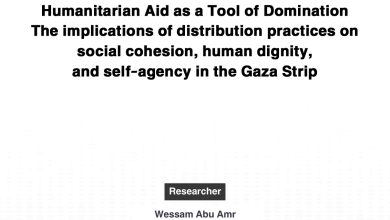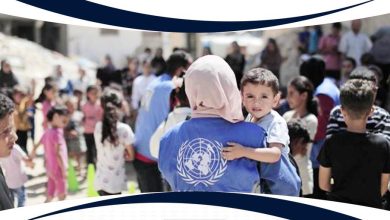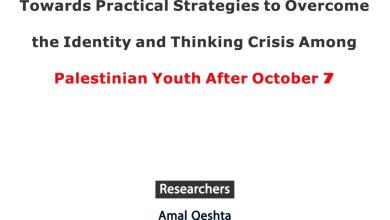By: Omar Shaban
The Hamas-Fatah divide and the Israeli-imposed blockade on Gaza, which began in 2007, have produced countless victims in Palestine. The political implications of the conflict between Hamas and Fatah and the Israeli blockade include the undermined legitimacy of the 2007 democratic elections; human rights violations, including restrictions on the right to free expression; and severe limits on the freedom of movement. In Gaza, these extreme circumstances have instilled a growing tendency toward radicalism, especially among the younger generation. An estimated 100 young Gazans reportedly joined the self-proclaimed Islamic State, in addition to thousands who stayed and carried out attacks in Gaza.
But the most important aspect of the blockade is the decreased quality of services provided to the public, namely health, education, electricity, and water. The quality and availability of these services has suffered dramatically. Since the blockade began, it has been unclear who is responsible for providing these services: the Israeli government, which controls the border with Gaza; Hamas, which has been ruling Gaza since 2007; or the Palestinian Authority (PA), which is the internationally recognized representative of the Palestinian people.
After the blockade began, the PA essentially ordered its public servants not to serve under Hamas. Hamas, in turn, filled these vacancies with tens of thousands of its own members—many of whom lacked qualifications. This shortage of qualified personnel severely impacted the availability and quality of services, particularly in the health and education sectors. Education sector personnel tend to be more conservative, so schools have become more religious, less diverse, and more politicized. In several incidents, schools even forced female students to wear special uniforms.
Gazans have also struggled with access to electricity and water.1 The PA cut Gaza’s electricity supply, which depends on three sources: the Gaza power plant, which is operated with fuel that comes from Israel and is paid for by the PA; Israeli supply, which is also paid for by the PA; and small quantities of electricity provided by Egypt and paid for by the Arab league.
Residents of Gaza currently receive three to four hours of electricity a day,2 which severely impacts water pumping and water treatment plants. Decreased electricity also affects the capacity of Gaza’s health facilities. Tens of thousands of cubic liters of sewage flood into the sea every day, and Gazan beaches are severely polluted. The harsh restrictions have also hampered private sector production—businessmen in all sectors struggle. Construction and manufacturing have been hit hardest, with many businesses unable to stay afloat. The decreased purchasing power of Gaza’s population has compounded the challenges they face.
The Israeli blockade and the political divide have weakened Gaza in staggering ways: the community is poorer, more dependent on food assistance, less productive, more radical, and less tolerant. These ongoing conditions pose a threat not just to Gaza but to the stability of the entire region.
Read Full article:
https://carnegieendowment.org/2018/10/16/governance-and-future-of-arab-world-pub-77501
Notes
1 Tamsin Avra, “Gaza Electricity Crisis Fact Sheet,” Rebuilding Alliance, 2017, http://www.rebuildingalliance.org/gaza-electricity-crisis-fact-sheet/.
2 “Gaza Plunges Into Darkness: Severe Deterioration in the Energy Situation,” UN Office for the Coordination of Humanitarian Affairs, May 25, 2017, https://www.ochaopt.org/content/gaza-plunges-darkness-severe-deterioration-energy-situation.




